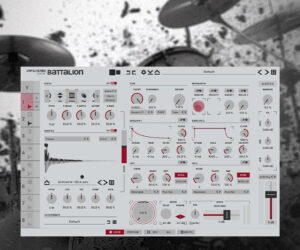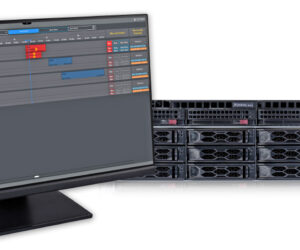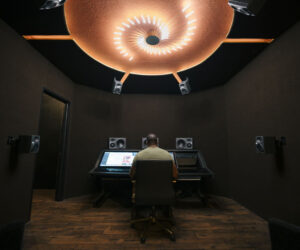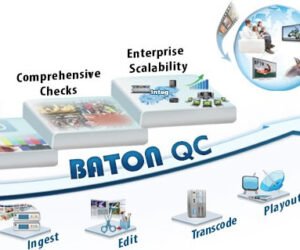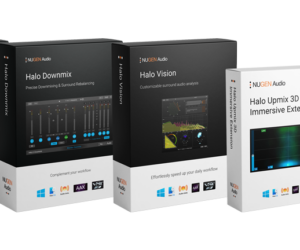For those whose work encompasses making critical listening decisions, the accuracy of one’s studio reference monitors is of paramount concern. Such is the case for multiple Grammy Award winning recording, mixing, and mastering engineer Phil Magnotti.
With two Grammy Awards, multiple industry recognitions, and over 250 major label credits to his name, Magnotti knows all too well that studio monitors are among the most critical equipment considerations in the entire signal chain.
For this reason, Magnotti chooses to mix his projects on Q Series monitors from Equator Audio Research.
In addition to crafting much of his magic in his own studio, Magnotti is also the chief engineer at Stamford, Connecticut’s Carriage House Recording Studio.
Regardless of the location for his various projects, there’s one constant: his Equator Audio Q8 monitors. With a highly detailed clarity of sound and superior imaging characteristics, Magnotti routinely has his Q8s nearby.
“I’ve had my Q8s for a relatively short period of time,” notes Magnotti. “Initially, I borrowed a pair to check out and, in no time at all, I found that I couldn’t be without them, so I bought a set. I quickly realized that I didn’t want to work with any other system.”
“The Q8s are among the most phase accurate monitors I’ve ever used,” said Magnotti. “The center imaging is positively astounding—you’d think there was a center speaker in front of you when you’re mixing. Equally important, these monitors are amazingly linear from low through high SPL.
“I hear tremendous detail no matter what level I’m working at. When I need the playback level loud, the Q8s deliver. When I want to work at more moderate levels, the Q8s are equally detailed.”
While the control rooms at high-end commercial recording studios have been acoustically optimized, that doesn’t necessarily mean they’re without flaws. Even in the finest-tuned rooms in the world, there are still reflection problems in front of the mixing console, so it should come as no surprise that home studios also have their fare share of acoustic challenges.
To help him address these issues—regardless of where he works—Magnotti has come to depend upon Equator Audio’s Secondary Reflection Correction (SRC) software.
Part of Equator Audio’s Q Series Room Analysis Calibration Kit, the SRC software identifies secondary reflections created by sound waves bouncing off mixing consoles, computer screens, and other reflective surfaces which, when combined with the original direct sound energy, results in comb-filtering due to phase cancellation.
It only takes a few minutes to setup the software and to enter the control room’s largest dimension. Running the software’s analysis routine directs the Q8s’ digitally-controlled transducers to optimize the listening position.
“The SRC software is truly amazing,” states Magnotti. “The software compensated for the various standing waves that exist in my control room. For engineers who work in their home studios, which typically are not all that acoustically accurate, this software makes a huge difference in one’s ability to achieve accurate monitoring results.
“The DSP-controlled drivers in the Q8s do a terrific job of helping you achieve the level of accuracy needed to create a mix that translates well to a variety of playback systems. For engineers who, like me, move between multiple facilities in the course of their work, the SRC software is invaluable in terms of helping one achieve a consistent and accurate mix.”
Magnotti, who recently finished mixing a new CD for renowned jazz guitarist Chuck Loeb, described his experience with the Q8 monitors.
“I sent the mixes to the mastering house and very shortly afterward,” recalled Magnotti, “I actually had the mastering engineer call me to say, ‘I don’t have to touch these mixes at all.’ At that point he wanted to know what monitors I was using and that led to an entire conversation about Equator Audio. It’s so important to know that the monitors I’m working with are accurate, and my Q8’s definitely meet that requirement.”
When queried about the ease of running the SRC software and the overall process of setting up and configuring the monitors to one’s control room, Magnotti pointed to a combination of solid product design and equally robust technical support.
“When I was just getting started, I had a few questions,” explained Magnotti. “I called Equator Audio and the company’s technical support was great. Marty Bradley explained the process to me and was extremely helpful. In no time at all, I was up and running. The entire system works exactly as it’s been designed to.”
Before turning his attention back to his current project, Magnotti offered the following, “Once you listen carefully to the Q Series monitors and compare them to other systems, you’ll notice a significant difference right away. And once you use them for an hour or two, you won’t want to work with anything else. The imaging of these monitors is second to none. The Q8’s have opened up an entirely new world for me.”
For more information:
Equator Audio Research









